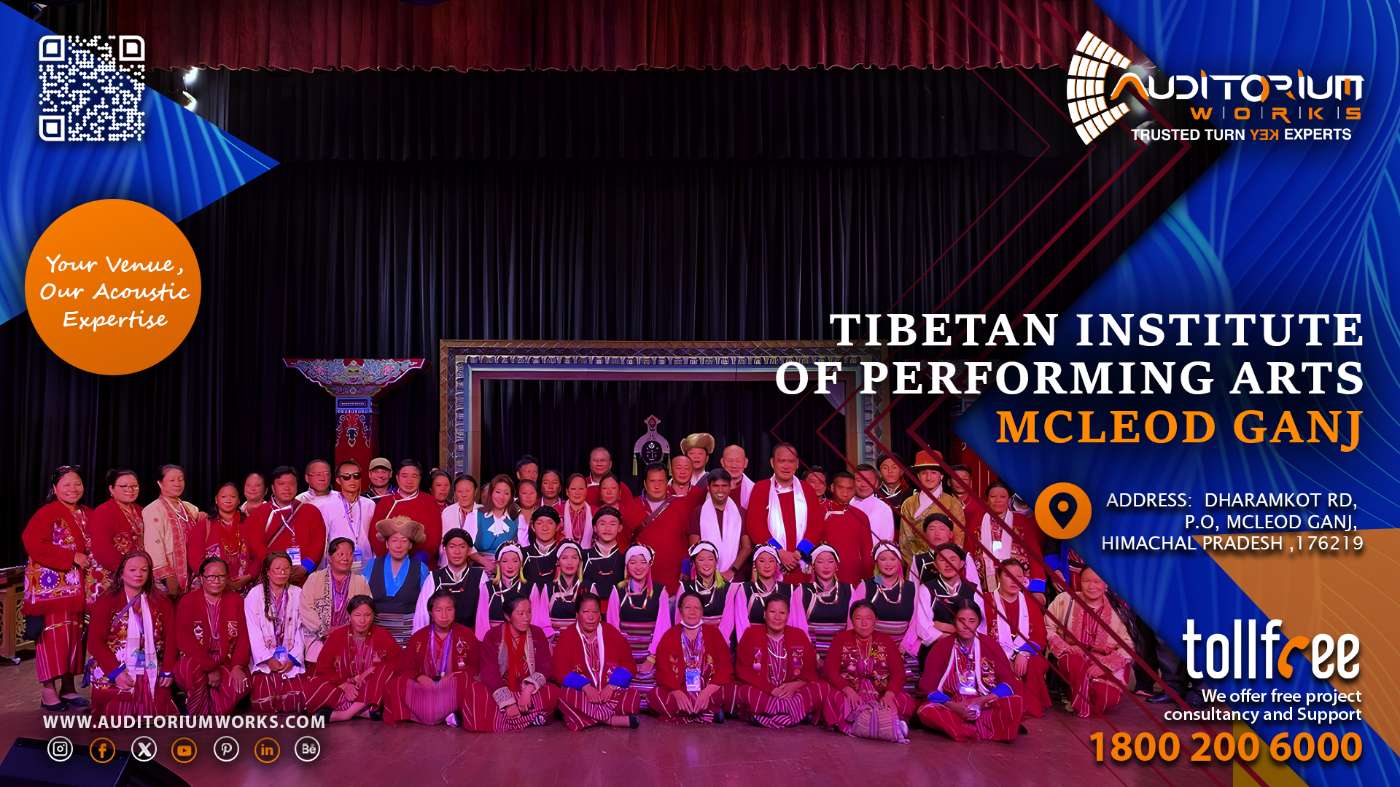The Quest for Optimal Acoustics and Sightlines
Designing an auditorium that offers a truly exceptional experience for every audience member is a complex but achievable goal. It requires a holistic approach that considers not only the aesthetic appeal of the space but, more importantly, the acoustic properties and sightlines from each and every seat. Moving beyond simple functionality, the modern auditorium should be a carefully engineered environment where every member of the audience feels connected to the performance and immersed in the sound.
ARC: Shaping Sound with Geometry and Materials
Acoustics are paramount to a successful auditorium. Sound waves behave predictably, reflecting, absorbing, and diffusing depending on the surfaces they encounter. Strategic use of reflective surfaces, typically strategically placed panels, can direct sound energy towards the rear of the auditorium, compensating for distance and ensuring clarity. Conversely, absorptive materials, like specialized acoustic panels or strategically placed fabrics, are vital for controlling reverberation and preventing echoes. The careful selection of materials and their placement is an art and science in itself. The goal is to create a balanced acoustic environment that allows for clear speech intelligibility and rich musical reproduction.
Advanced acoustic modeling software can simulate how sound will travel within the space, allowing designers to fine-tune the geometry and material choices to achieve optimal results. This predictive analysis ensures that the design addresses potential acoustic problems before construction begins, saving time and resources.
Sightline Strategies: Engineering Unobstructed Views
Equally important as acoustics are clear sightlines. No one wants to pay for a seat only to find their view obstructed by a pillar, a lighting fixture, or even the person in front of them. Careful consideration must be given to the seating arrangement, the rake (or slope) of the floor, and the height of the stage. Staggered seating, where seats are offset from row to row, is a common technique to minimize obstructions. The steeper the rake, the better the view for those in the back, but steeper rakes can also present accessibility challenges.
Beyond the rake, consider the geometry of the stage itself. An elevated stage provides a better vantage point for the audience, especially in larger auditoriums. Thoughtful placement of lighting and sound equipment is also crucial to avoid visual obstructions. Virtual reality simulations can be used to visualize the view from every seat, allowing designers to identify and correct any potential sightline issues early in the design process.
Beyond the Basics: Comfort, Accessibility, and Aesthetics
While acoustics and sightlines are foundational, the overall experience extends beyond these technical aspects. Comfort plays a significant role in audience enjoyment. Ergonomic seating with ample legroom is essential, especially for longer performances. Ambient lighting should be adjustable to suit different types of events, and adequate ventilation is crucial for maintaining a comfortable temperature. Accessibility is also paramount. The auditorium should be designed to accommodate individuals with disabilities, including wheelchair users, visually impaired individuals, and those with hearing impairments. This includes accessible seating options, assistive listening devices, and properly designed ramps and elevators.
Finally, the aesthetic appeal of the auditorium contributes to the overall experience. The interior design should be both visually pleasing and functional, creating an atmosphere that is conducive to performance and enjoyment. The use of color, texture, and lighting can enhance the emotional impact of the space and create a memorable experience for the audience.
The Future of Auditorium Design: Immersive Experiences and Adaptive Spaces
Auditorium design is constantly evolving to meet the changing needs of audiences and performers. Emerging technologies, such as immersive sound systems and projection mapping, are creating new possibilities for engaging and interactive experiences. Adaptive spaces that can be reconfigured to accommodate different types of events are also becoming increasingly popular. The future of auditorium design lies in creating flexible, engaging, and accessible spaces that can enhance the performance experience for everyone.
Expert Consultation: Ensuring a Successful Auditorium Project
Designing a world-class auditorium requires specialized expertise in acoustics, sightlines, lighting, and other critical areas. Consulting with experienced auditorium design professionals is essential to ensure that the project is successful. Our team at Auditorium Consultancy provides comprehensive design services, from initial concept development to construction oversight. We work closely with our clients to understand their specific needs and goals, and we use our expertise to create auditoriums that are both functional and beautiful.



